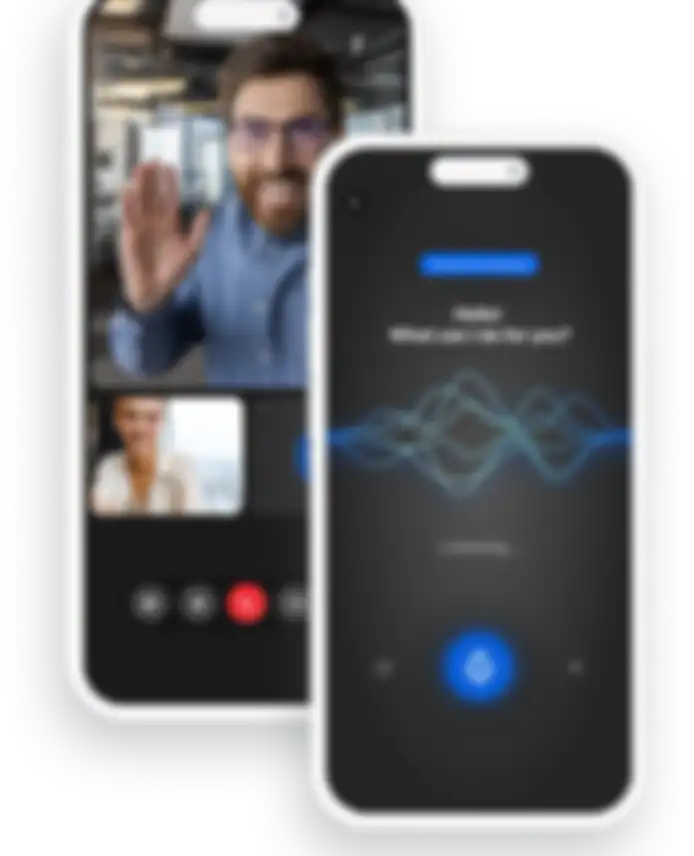Audio Innovations
Noise suppression testing
Is background noise affecting your call quality? Noise suppression testing evaluates how well a system reduces unwanted background noise and maintains speech clarity. Make sure your app delivers high-quality audio—no matter the environment.


Trusted by Startups, SMEs and Enterprise businesses worldwide


The value
Keep users engaged by optimizing noise suppression
Background noise—traffic, office chatter, keyboard typing—can ruin quality in voice and video calls. If your noise suppression algorithm isn't optimized, users may struggle with unclear audio, leading to frustration and reduced call effectiveness. Identify and fix issues before they escalate.
- Reduce unwanted noise
- Maintain voice clarity
- Meet industry standards
How it works
Our noise suppression testing process
Our noise suppression testing process ensures clear voice communication by assessing how effectively your application removes unwanted sounds. We simulate real-world environments across various devices to verify reliable noise suppression in any scenario.
Simulating background noise
We start off by playing specific background noise samples, like traffic or office sounds, on different hardware setups, while the speaker talks.
Using noise suppression algorithms
Next, we use noise suppression algorithms, like spectral subtraction and machine learning, to distinguish speech from noise.
Evaluating speech quality
We measure speech quality and noise suppression using DNSMOS scores, providing objective data on clarity and effectiveness across noise conditions.
Performing subjective tests
We also conduct subjective noise suppression tests that follow ITU-T P.835 standards to assess real-world user experiences.
Utilizing test automation
Finally, we use test automation where possible to streamline testing across multiple noise conditions, providing faster, repeatable results for key factors like signal-to-noise ratio (SNR).

Coverage
Improve audio quality across all apps and environments
Poor noise suppression leads to muffled voices, frustrated users, and bad reviews. Don't lose users over background noise and disruptions. Noise suppression testing can be used for all types of apps that rely on high-quality audio.
- Real-time communications
- Video conferencing
- Streaming services
- Recording & Editing Apps
- Speech Recognition Apps
- AI voice agents
- Security & Monitoring Apps
- Entertainment & Gaming Apps
- Smart Home Apps
- DSPs
Deliver the quality your users deserve!
Join world-class companies in paving the way for quality audio and video experiences.










